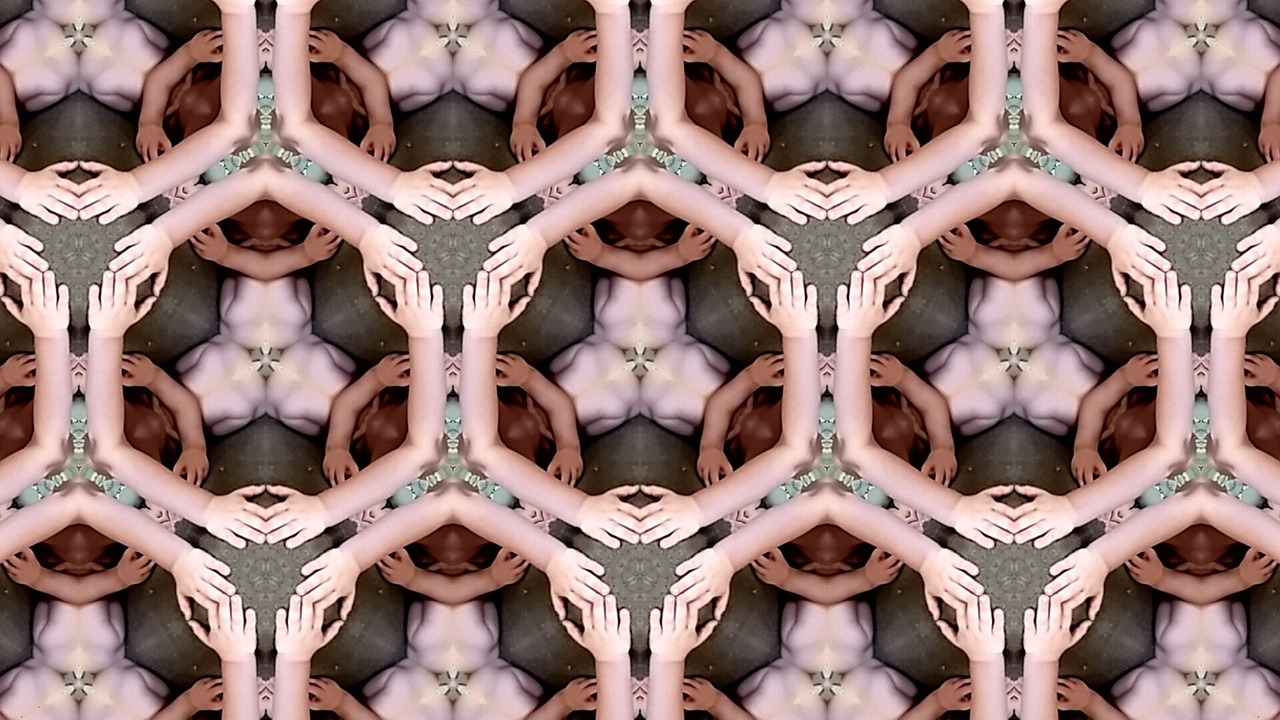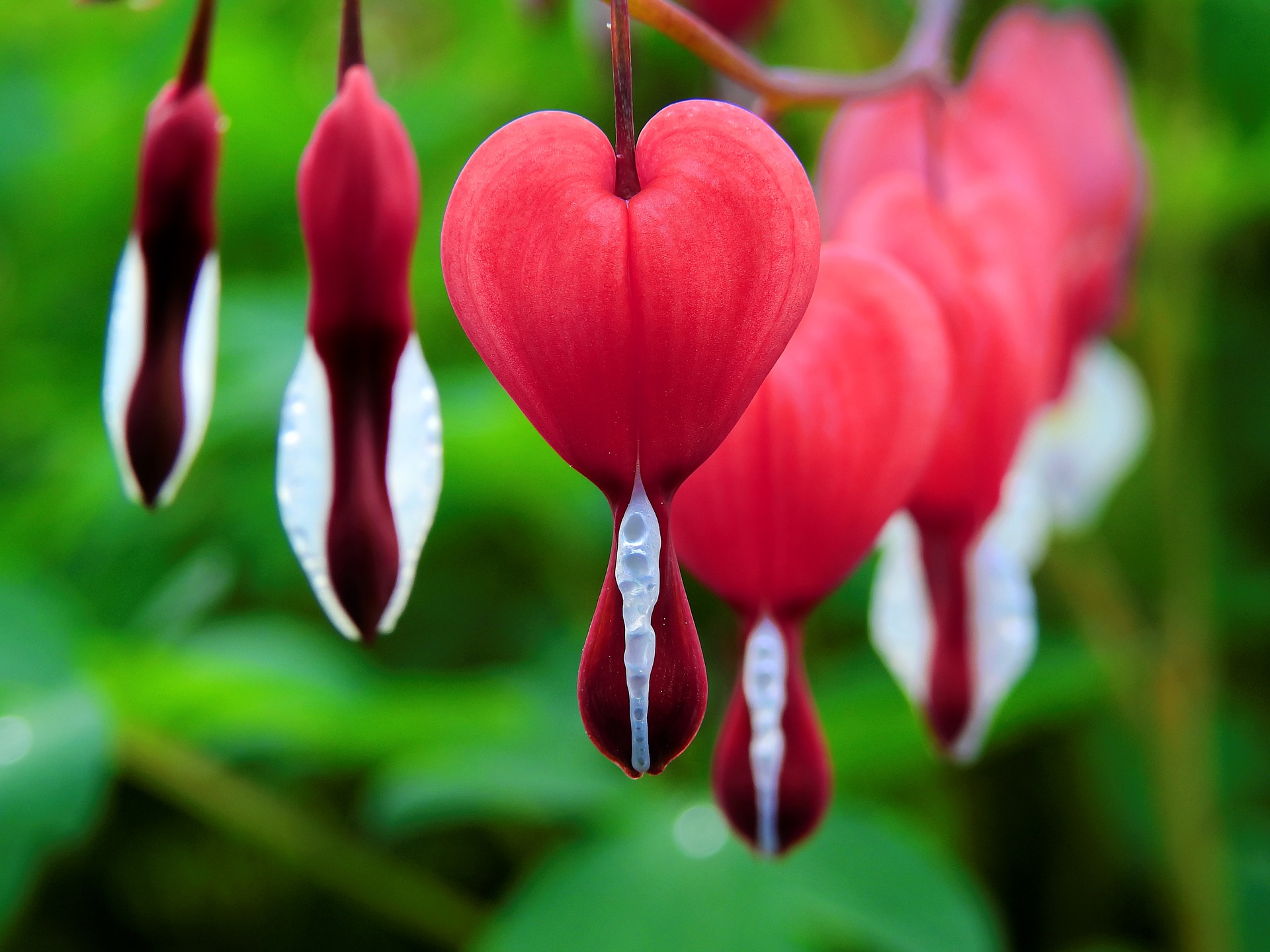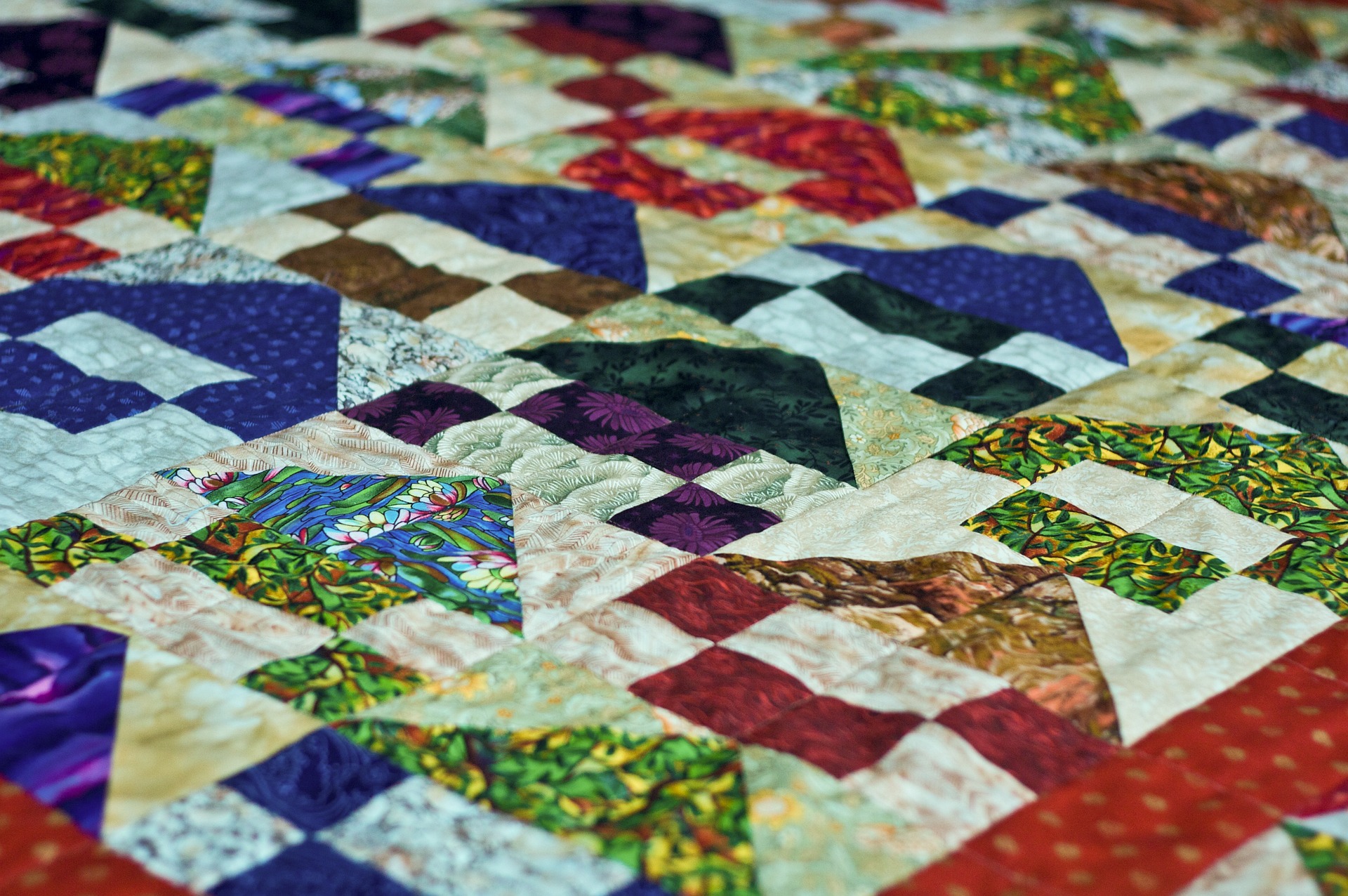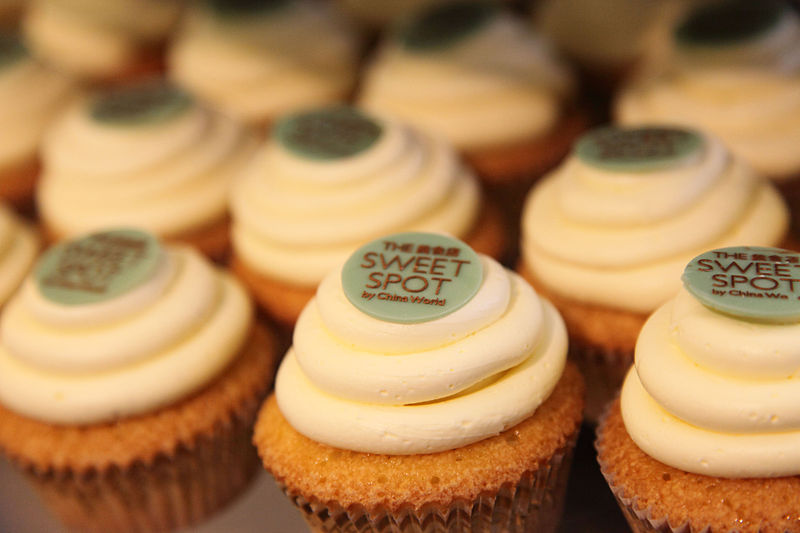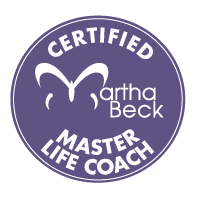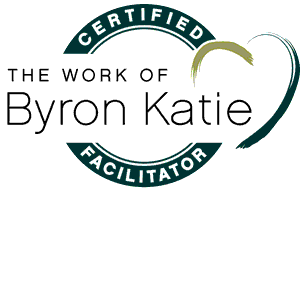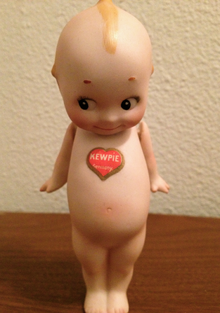
I just spent the weekend in the Kansas City celebrating a landmark birthday (one with a zero in it), along with a dozen other women who are exactly my age. Hint: we’re all from the first wave of Baby Boomers. Okay. Seventy. We call ourselves the Kewpie Sisters. Because that is what we are, alumnae of Hickman High School, home of the Fighting Kewpies. For real. Would I make this up?
We gathered smack dab in the middle of the flyover zone. The group of women who came together was as diverse as this country, held by a common bond of caring that is far stronger than “the great divide” we keep hearing about. But we didn’t have time to talk about that. We had better things to talk about.
Mostly we laughed and shared our common memory banks to reconstitute teenage versions of ourselves. Then we reflected back, mining the experience and offering up the perspective that we have collected in the last 50-plus years. What showed up was something I believe is called Wisdom in some people’s minds, including my own. At this time of life, it’s indescribably satisfying to be able to share the take-aways from life’s apparent setbacks and challenges. And I always love honoring my curiosity about what I don’t know (which, when it includes the mystery of life, is a whole lot).
Gone were the social roles, the need for acceptance that seems to come with the teen years. My own strategy way back when was to join every activity and choir and group available except women’s sports, and I’m not even sure we had those teams in the Stone Age. But my major motivation was this: I just didn’t want to miss out on anything.
This habit hasn’t changed all that much since my adolescence. Twenty years ago a friend diagnosed me with FOMS, the “fear of missing something.” In recent years the acronym has morphed into the pop psych meme FOMO, or Fear of Missing Out. So my ears perked up when my friend Vicki talked about being in a state of contentment, being satisfied with her “ordinary” life. This is a woman who has raised four children who are global citizens, who has traveled extensively to keep in touch with them for many years. So when she mused that she was done with travel it got my attention.
I still have a few airline miles to cash in and a few travel goals that will keep me busy as long as I’m fit enough to pursue them. BUT, I completely resonated with her description of a satisfied life. More and more, I’m opting out of things. It’s been a gradual process, hardly noticeable except inside myself. I started to see that often when I choose to not slip into the loop of doing or the belief that I should do more, have more, be more…my mind settles down. I breathe. I watch the birds. Or the trees. I move slowly, like the “old person” I never wanted to become. And it’s blissful. How could I have ever known, with all my joining and searching and moving around, about the surprising quiet joy of this time of life? Ironically, in my determination to not miss out, I’ve been missing something far more subtle and sweet.
Mojo of JOMO. The Joy of Missing Out. The name came to me at the reunion. And then, returning home, Vicki sent me a link to a blogpost referring to another forty-something’s post on this same topic from a couple of years ago. So I guess Baby Boomers don’t always get to be first. As a matter of fact, perhaps this is the great learning of what I’m claiming as the True JOMO Years. Finally, at long last, we get to miss out on being first, the leaders, the trendsetters and rule breakers. It’s about time. JOMO to me includes the relief of giving up all old identities, including that one.
Several questions and wonderings arise. What did I actually miss when I was so busy strategizing how to not miss out?
A life lived with openings for whatever shows up, comes the answer.
There’s so much to be gained when I’m not busy chasing what I might be missing. What new openings are created when I don’t do, when I don’t fill my time with all the tantalizing offerings before me? I get curious.
Today a friend posted these words by the 87 year-old sage Ram Dass, one of the respected mentors of my generation: “Aging has its own beauty. It is a beautiful stage for doing inner work. You have a chance to not be so dependent on social approval. You can be a little more eccentric. You can be more alone. And you can examine loneliness and boredom instead of being afraid of them. There is such an art and a possibility in aging…”
Once again, he nailed it.


